As with most of my dev boards, I try to keep things simple but functional. This board includes:
- a Mini USB B connector along with all required USB hardware (just plug it in, and you are good to go)
- a RGB LED for status / debugging
- all required components such as pullups on /RST and /HWB, decoupling capacitors, crystal, etc
- 800 mil wide, 100 mil pitch, breadboard compatible holes for pins
 The Big One
The Big One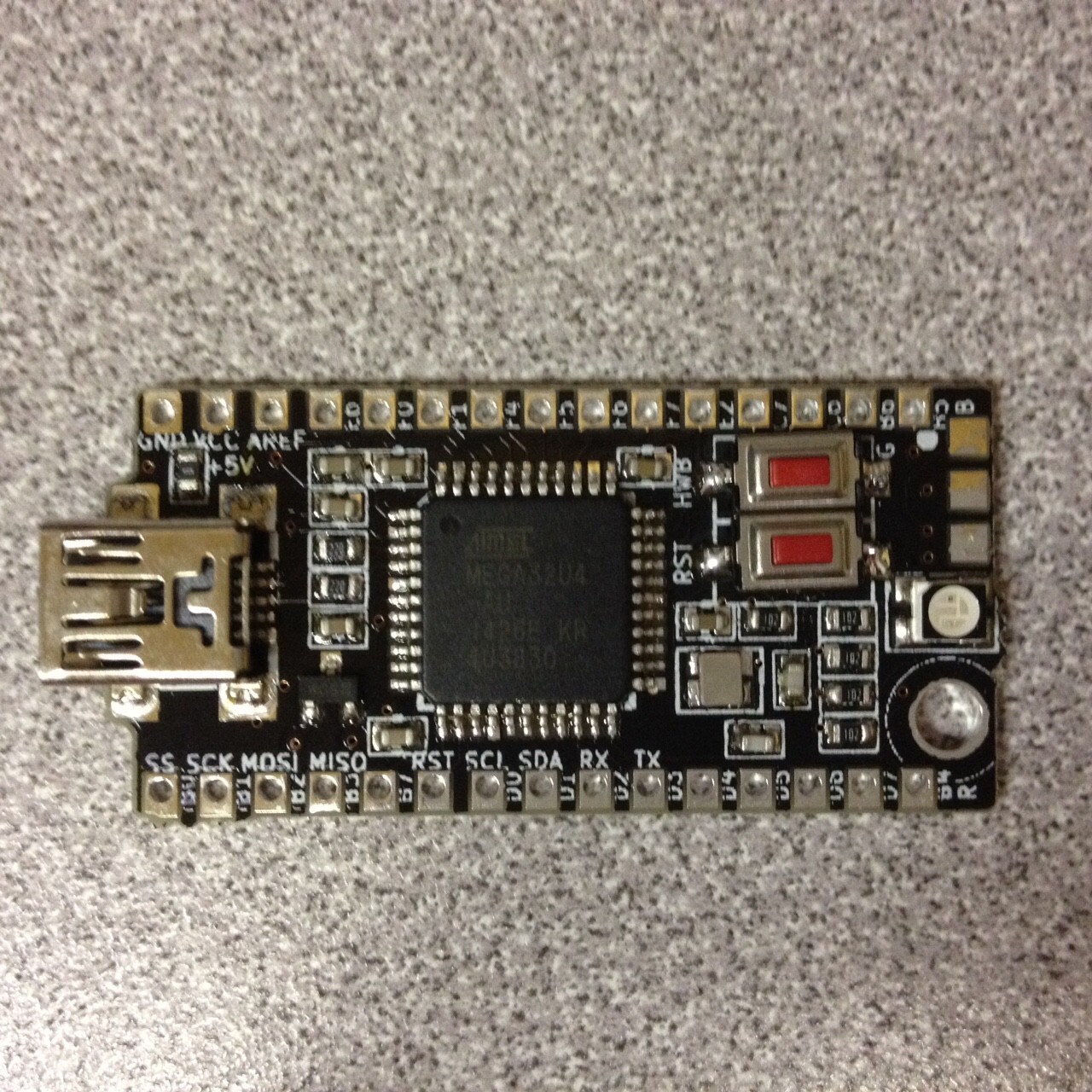

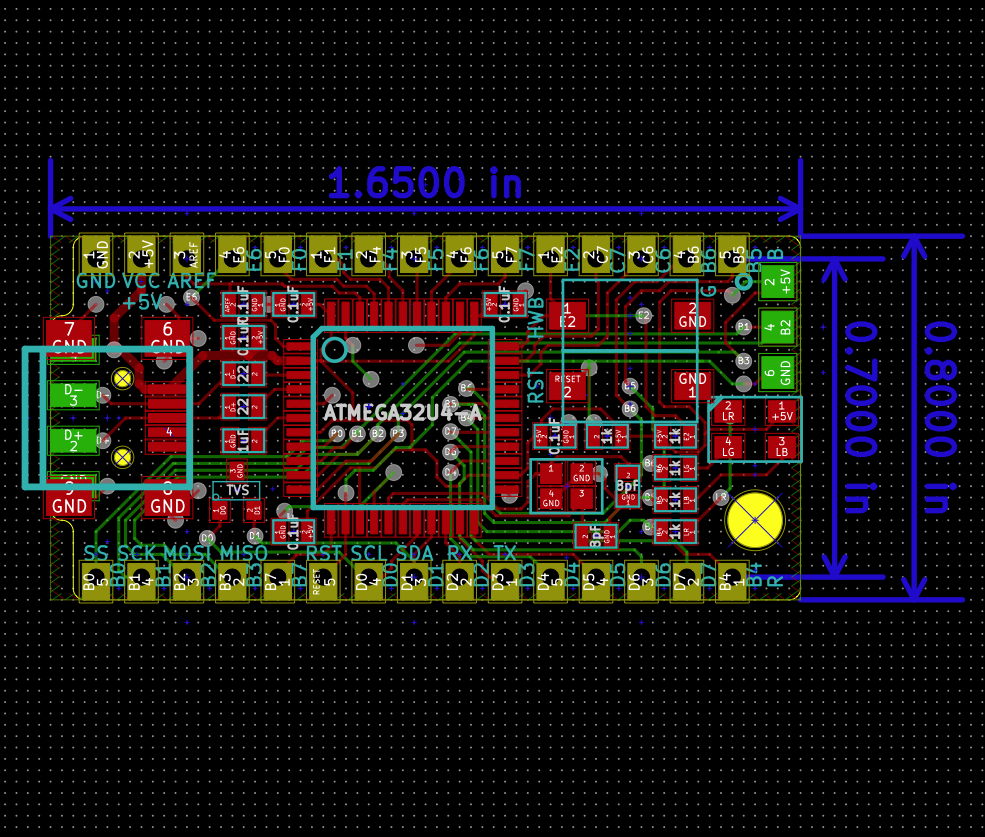
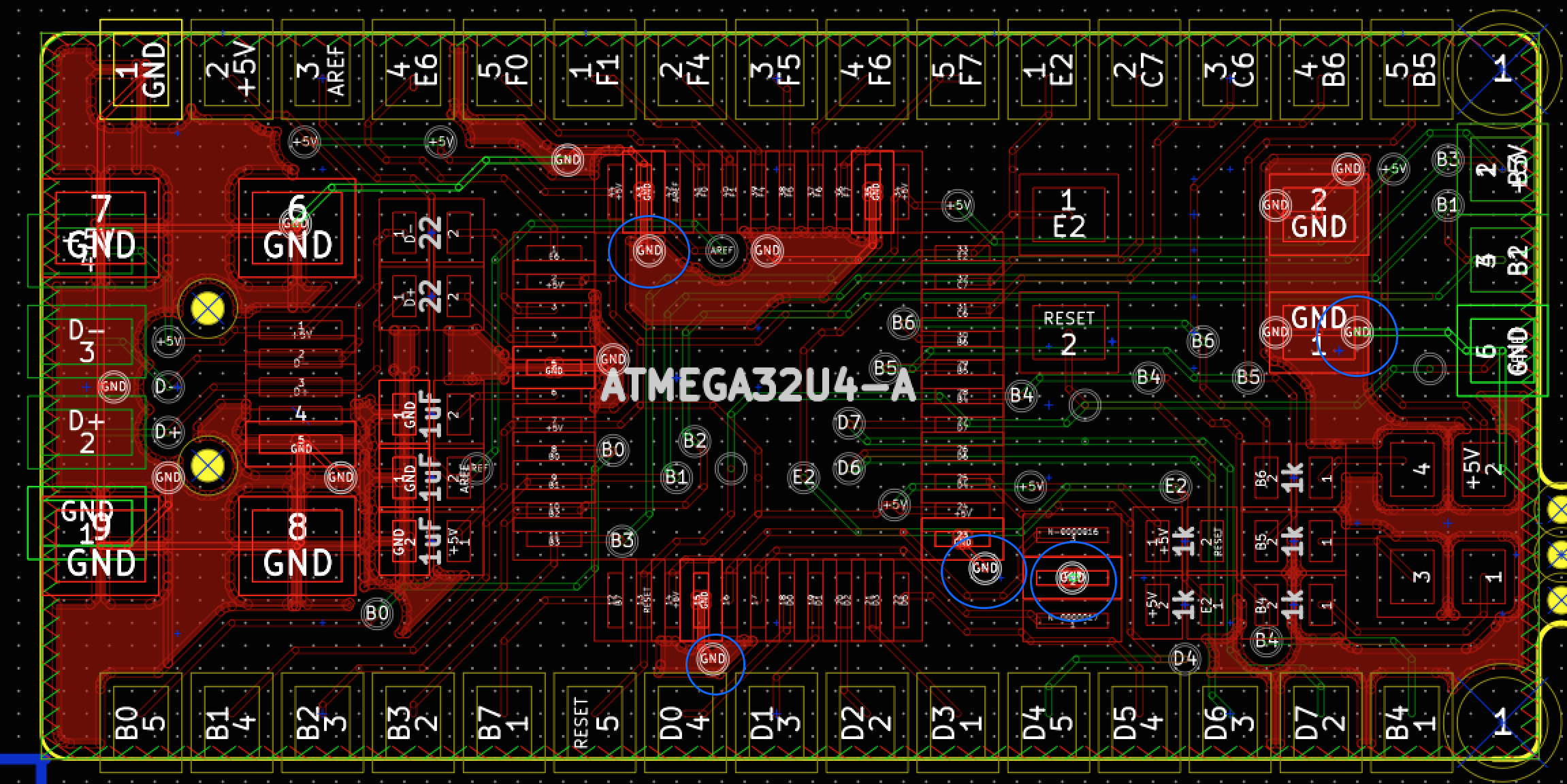
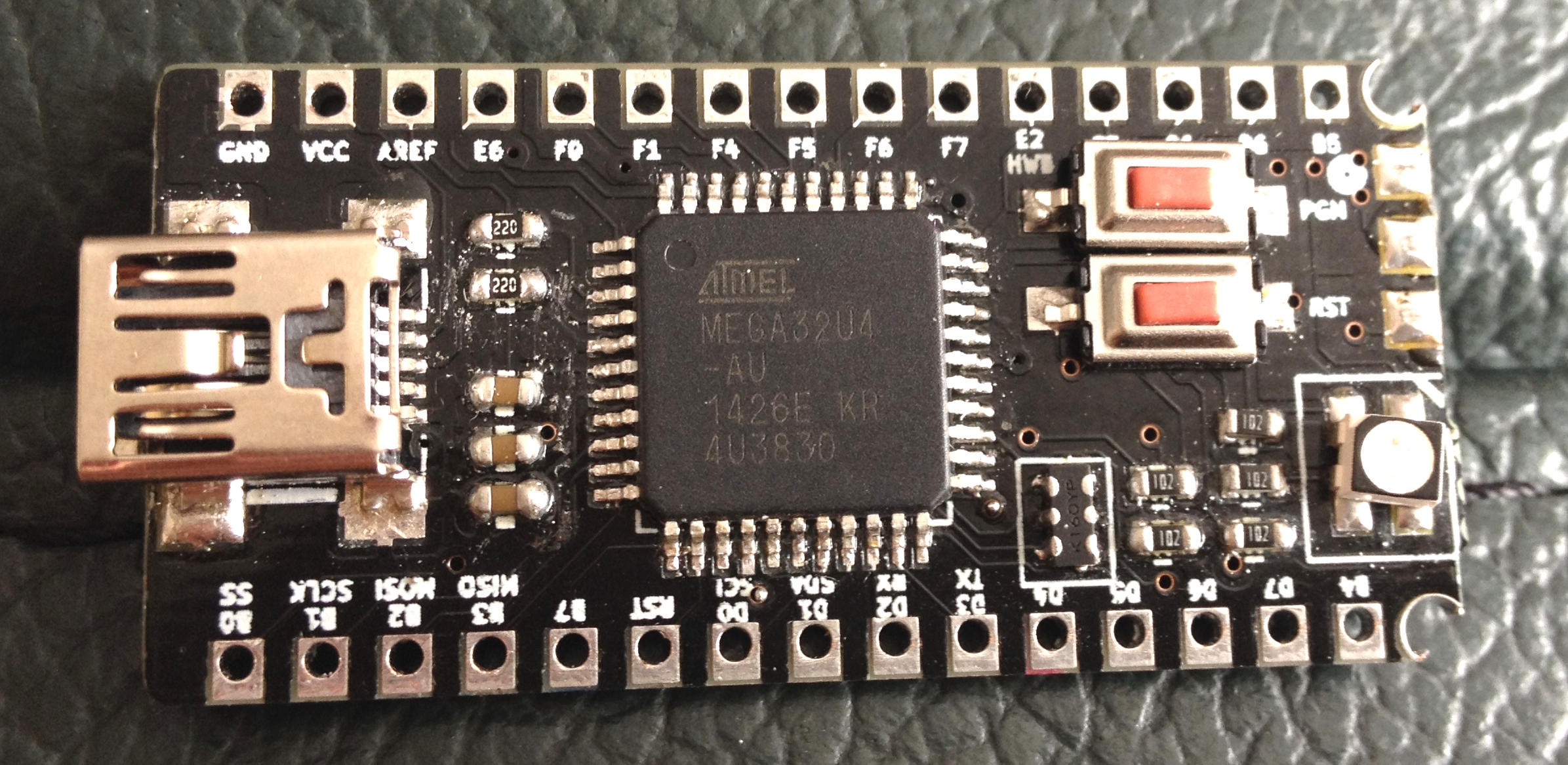
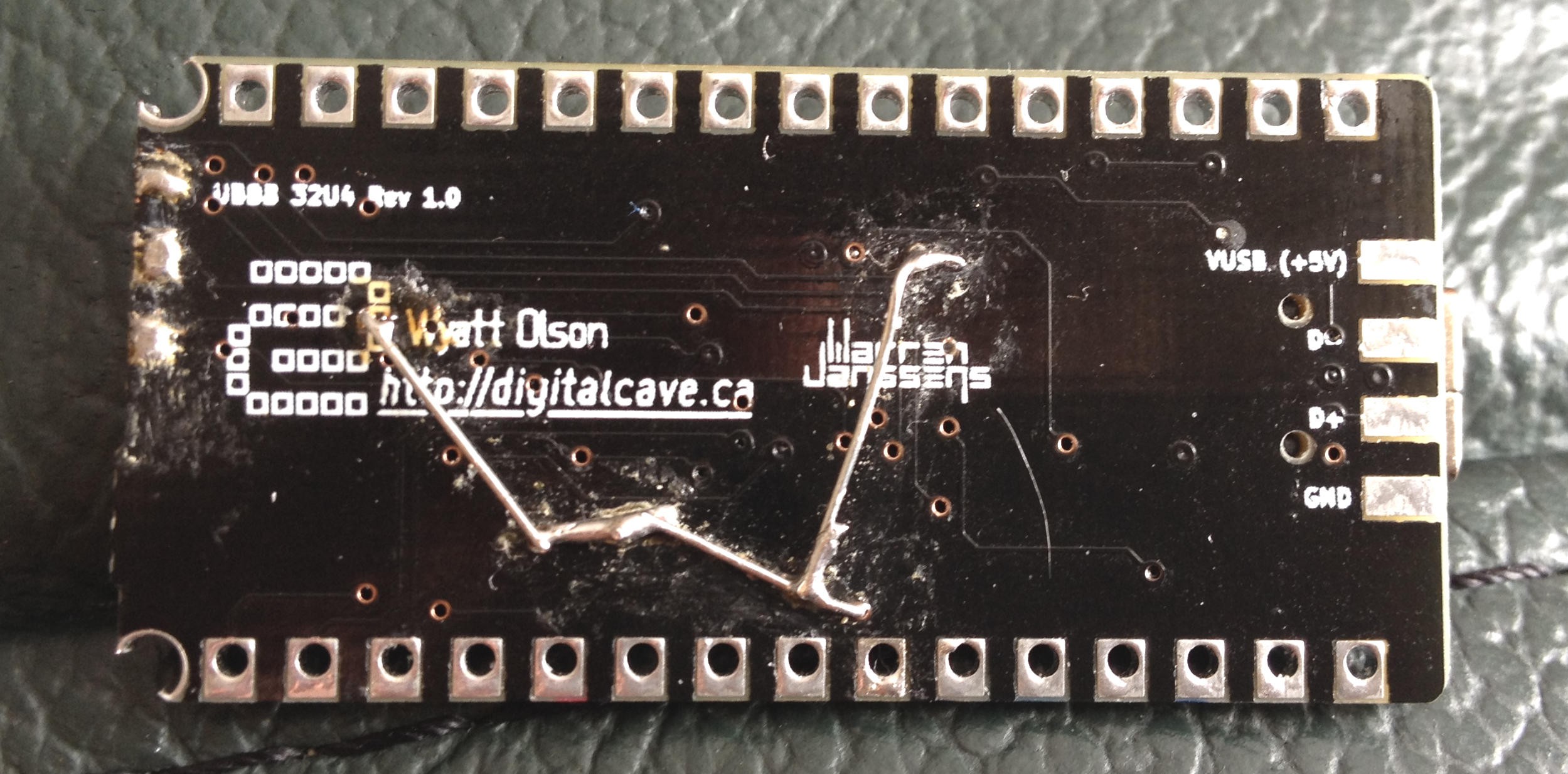
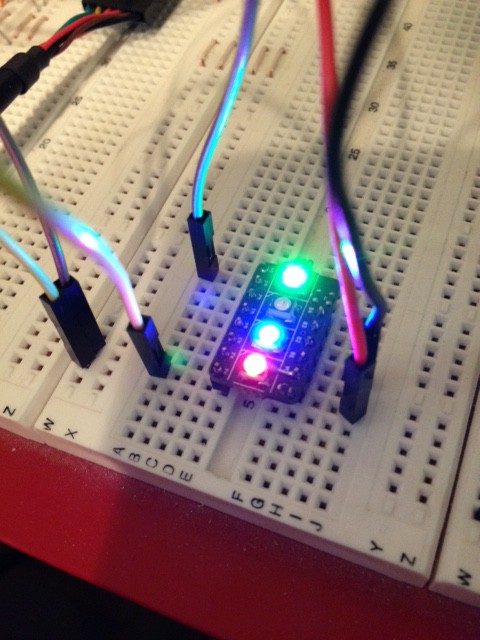
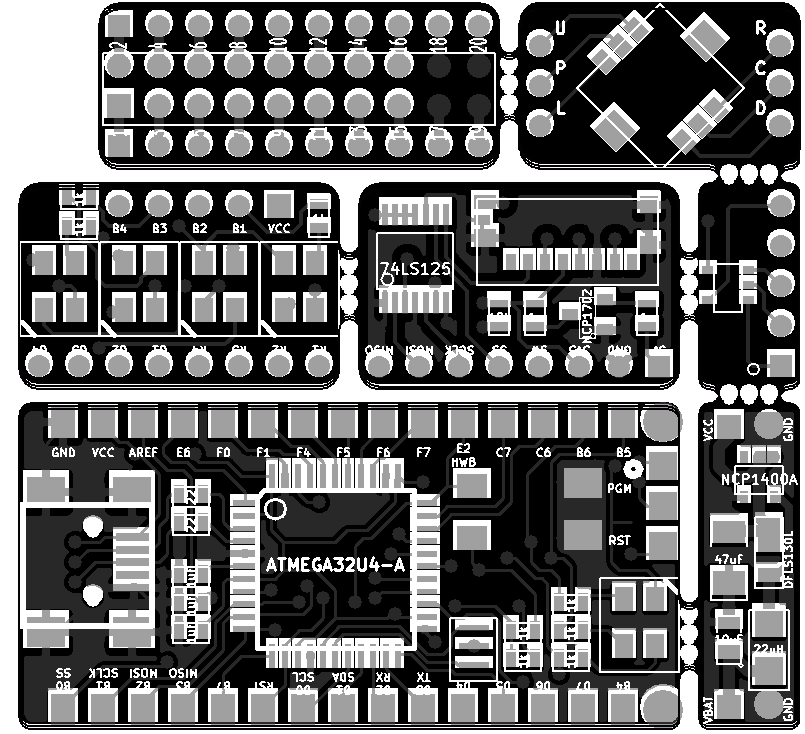


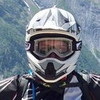




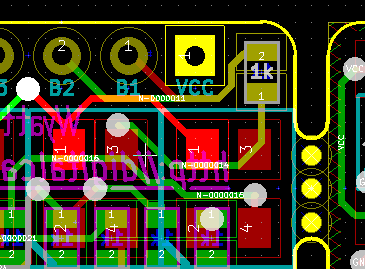

Could you see any problems in using a cheapy USBAsp programmer for this thing?